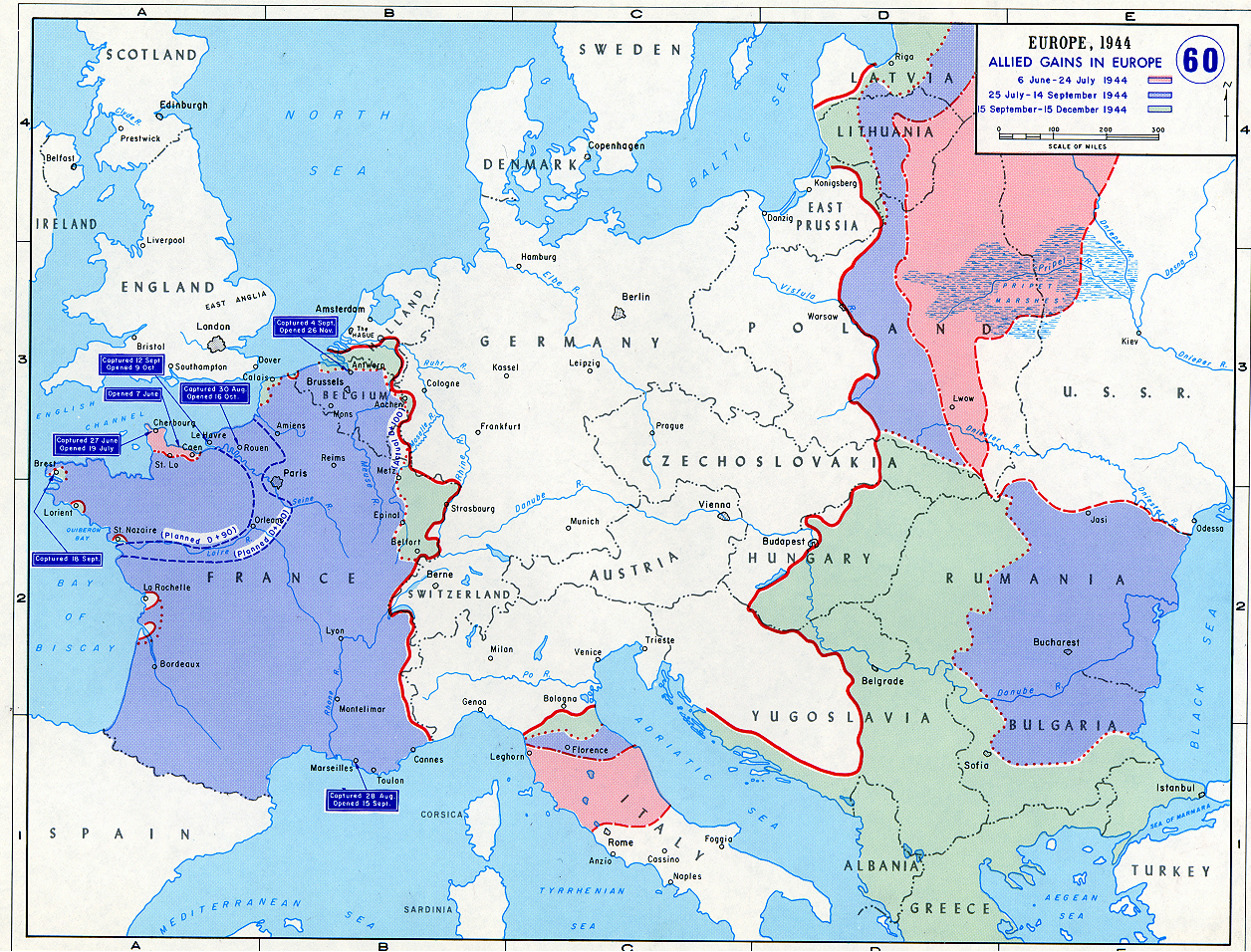1. Operation Market Garden in the early Fall of 1944 was designed to end the war quickly by crossing the Rhine at Arnhem and pushing deep into Germany.
2. It failed because the armored columns couldn't reach the last bridge fast enough and the courageous paratroopers couldn't continue to hold it.
3. It is clear that the failure was due to a variety of items which could be labeled "bad luck". Bad weather, German units happened to be near the drop zones, the Wallies plans were captured early, the armored column was delayed by logistics, crowds of supportive civilians, and indecisive commanders.
4. Let's assume that it succeeds. For some reason there are fewer German units near Arnhem. The drop goes much better. There are fewer delays for the armored column moving up the road and the bridge is taken by the Wallies.
5. How quickly does the war end?
6. Do the Wallies beat the Red Army to Berlin?
7. Does it have any effect on the Post War situation.
8. In thinking this through what assumptions can be made about logistics for the Wallies? Are the approaches to Antwerp cleared more quickly? Do the Allies succeed in capturing a functioning Dutch (or even possibly German) fort?
9. Does anything strikingly different happen on the German side? Is there still a Battle of the Bulge? Is there a race to get units back across the Rhine? Do V-2 launch sites fall earlier?
10. How do the Soviets react? Do they throw more resources into an effort to grab Berlin quickly? Could they?
2. It failed because the armored columns couldn't reach the last bridge fast enough and the courageous paratroopers couldn't continue to hold it.
3. It is clear that the failure was due to a variety of items which could be labeled "bad luck". Bad weather, German units happened to be near the drop zones, the Wallies plans were captured early, the armored column was delayed by logistics, crowds of supportive civilians, and indecisive commanders.
4. Let's assume that it succeeds. For some reason there are fewer German units near Arnhem. The drop goes much better. There are fewer delays for the armored column moving up the road and the bridge is taken by the Wallies.
5. How quickly does the war end?
6. Do the Wallies beat the Red Army to Berlin?
7. Does it have any effect on the Post War situation.
8. In thinking this through what assumptions can be made about logistics for the Wallies? Are the approaches to Antwerp cleared more quickly? Do the Allies succeed in capturing a functioning Dutch (or even possibly German) fort?
9. Does anything strikingly different happen on the German side? Is there still a Battle of the Bulge? Is there a race to get units back across the Rhine? Do V-2 launch sites fall earlier?
10. How do the Soviets react? Do they throw more resources into an effort to grab Berlin quickly? Could they?
